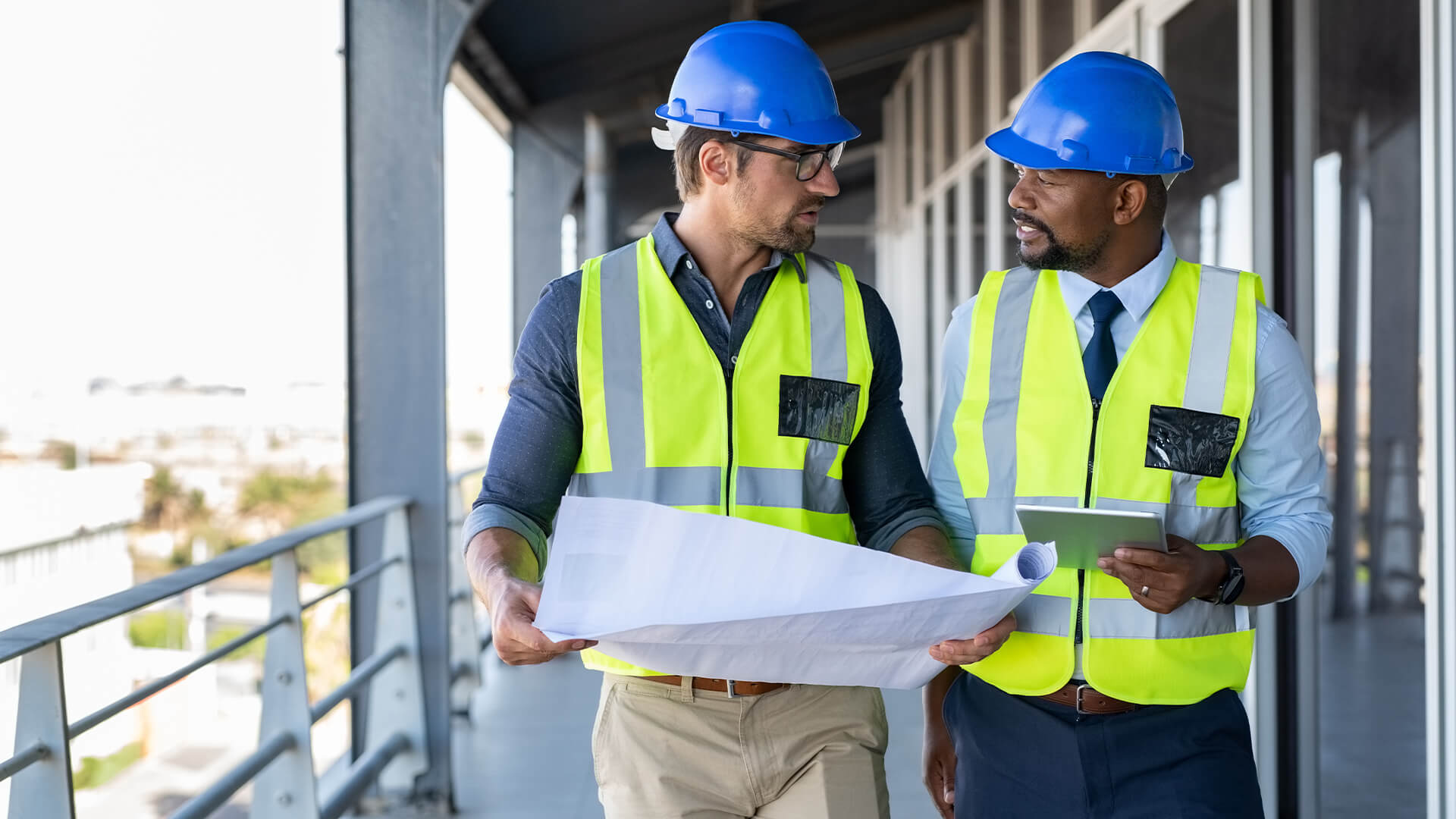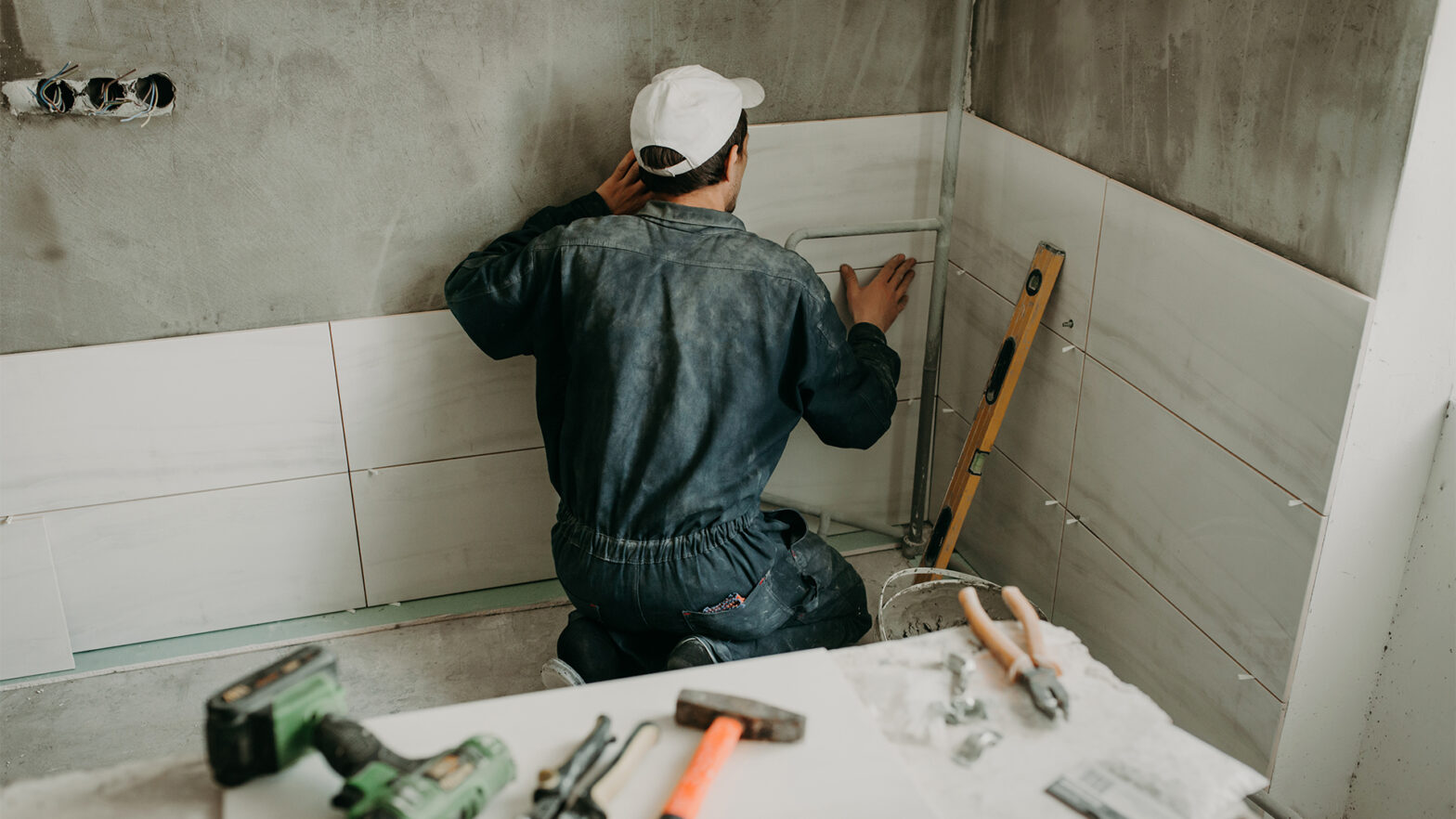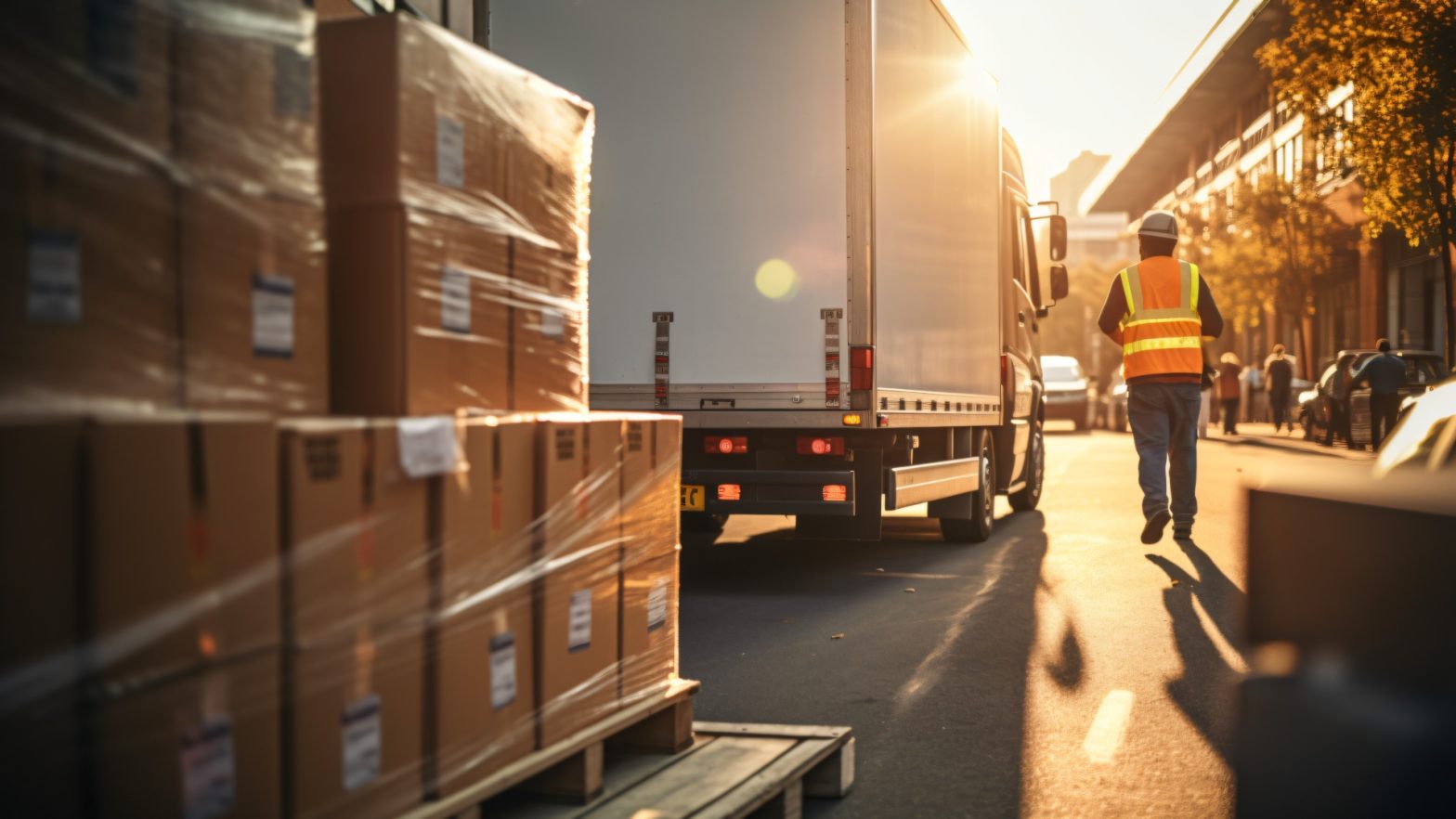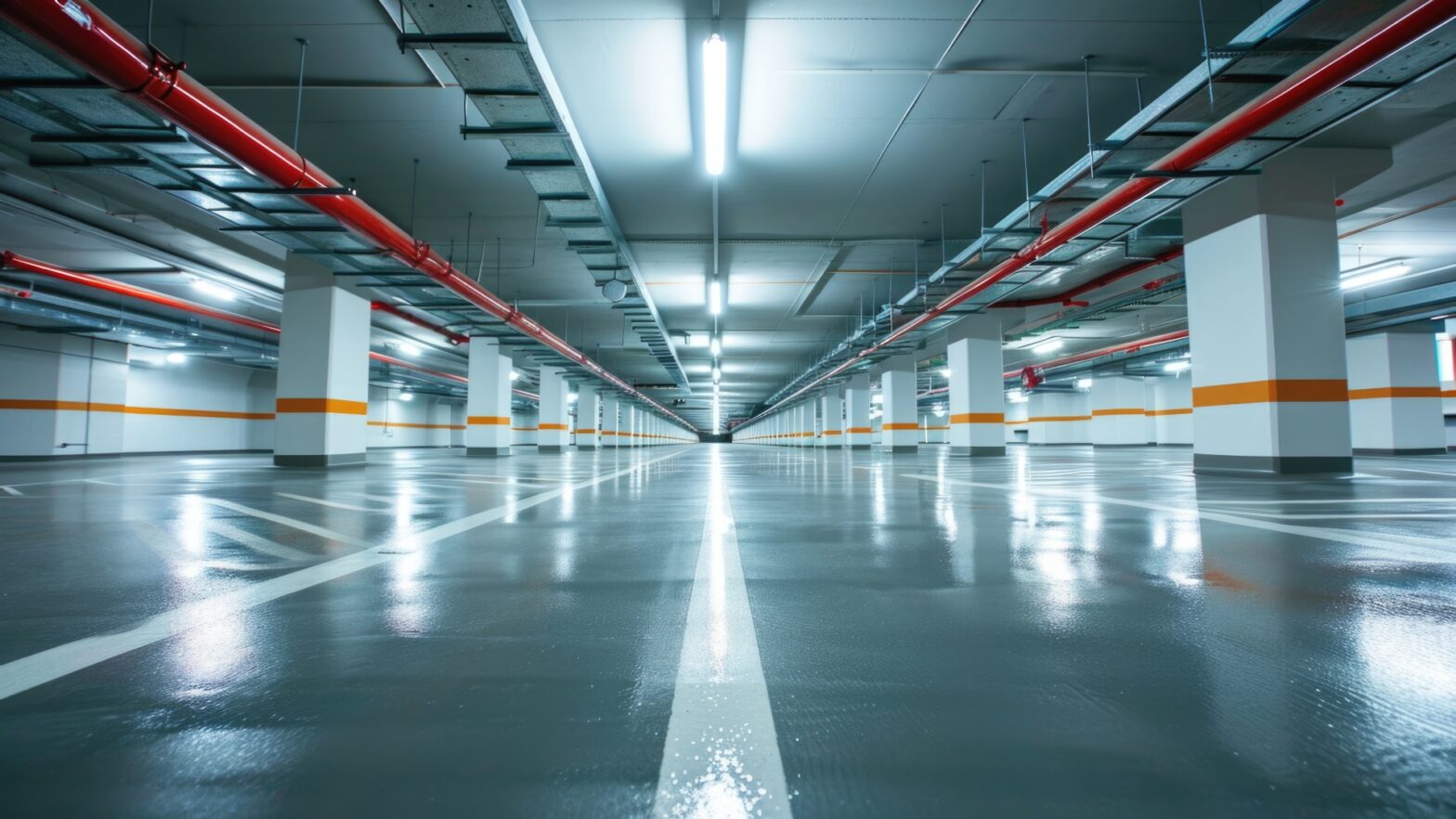Construction sites can be a mess. Between the tools, the materials, and the people, it’s no wonder that things can get a little chaotic. If you’re looking for ways to keep your construction site organized, you’ve come to the right place. In this blog post, we will discuss some simple tips that will help you keep everything in its place.
Keep a Centralized Hub
One of the best ways to keep your construction site organized is to have a centralized hub. This can be a physical location where all important documents and records are kept, or it can be an online system that everyone has access to. Having a centralized hub will help ensure that everyone is on the same page and knows where to find what they need. A centralized hub will also help workers to get all the supplies they need for their job without having to search through a bunch of different places. By searching online “find steel stockholders near me” or “welding supplies”, you can easily find what you need and get started with your project. Additionally, keeping a tight inventory of your supplies will help you avoid overspending and allow you to better budget for future projects. If you don’t have a centralized hub, now is the time to create one! By doing so, you’ll be able to keep your construction site organized and running smoothly.
Schedule Regular Clean-Ups
It’s important to schedule regular clean-ups throughout the construction process. This will help keep the site organized and free of debris. Try to have a designated day each week for a thorough clean-up. This is especially important if you’re working with a team of people. Having a regular cleaning schedule will help everyone stay on track and avoid messy areas. If possible, try to hire a professional cleaning crew to come in once a week to help with the heavy lifting. This can be a great way to keep your construction site looking its best.
Label Everything
One of the simplest ways to keep your construction site organized is to label everything. This includes tools, equipment, materials, and even areas of the site itself. Having everything clearly labeled will help everyone know where things are supposed to be and make it easier to find things when they’re needed.
Labeling can also help prevent accidents by making it clear what is safe to touch or use and what isn’t. If there are any hazards on the site, make sure they’re marked as well so that everyone knows to avoid them. Taking a few minutes to label everything on your construction site can save you a lot of time and headache in the long run. So don’t forget this crucial step in keeping your work area organized.
Encourage Communication
One of the most important things you can do to keep your construction site organized is to encourage communication. Make sure everyone knows who is in charge and that they know how to reach you if they have any questions or concerns. Encourage your employees to speak up if they see something that needs to be fixed or changed. The more communication you have, the easier it will be to keep your construction site running smoothly.
There are softwares like Slack and Asana that can help with communication by organizing different channels for departments, projects, or anything else you need. Having a system like this in place will make it easier for everyone to stay on the same page and avoid confusion. If you don’t have the budget for software like Slack or Asana, there are still plenty of ways to encourage communication. One way is to hold regular meetings where everyone can voice their opinion and offer suggestions. You can also create a bulletin board where people can post ideas or concerns. Encouraging communication will go a long way in keeping your construction site organized.
Implement a Waste Management Plan
The benefits of having a waste management plan are twofold: it will help you comply with environmental regulations, and it can save your company money. To develop a waste management plan, start by identifying the types of waste your construction site produces. Once you know what types of waste you’re dealing with, you can develop strategies for reducing, recycling, and disposing of it.
There are many ways to reduce the amount of waste your construction site produces. One way is to use materials that generate less waste in the first place. For example, using recycled materials or products made from sustainable resources can help reduce pollution and conserve natural resources. Another way to reduce waste is to reuse or recycle materials whenever possible. This includes everything from using construction debris as fill material to recycling metal and concrete. In addition to reducing waste, you’ll also need to have a plan for disposing of it properly. The best way to do this is to work with a local waste disposal company that can help you comply with all the necessary regulations. By working with a professional company, you can be sure that your construction site’s waste will be disposed of safely and responsibly.
Make Safety a Priority
Organizing your construction site doesn’t have to be complicated. By following a few simple tips, you can ensure that your worksite is safe and efficient. One of the most important things you can do to keep your construction site organized is to make safety a priority. This means creating a safe work environment for your employees and contractors and having comprehensive safety procedures in place.
By making safety a priority, you can help prevent accidents and injuries on your construction site. In addition, you’ll create a more positive work environment for everyone involved. Provide adequate training for all employees and contractors, so they know how to safely work on the site. Make sure all equipment is well-maintained and safe to use. When employees feel safe at work, they’re more likely to be productive and motivated.
By following these tips, you’ll be on your way to having a well-organized construction site. Schedule regular clean-ups, label everything, keep a centralized hub, encourage communication, implement a waste management plan, and make safety a priority.
































